-
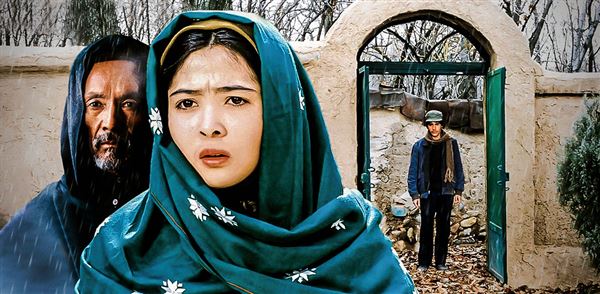
They Made Her a Metaphor, Then Made Her Illegal
•
I still remember the first time I watched Baran. It was 2001. That film did something rare—it showed us what we already knew but refused to admit: that Afghan migrants were building our cities, stone by stone, and sleeping in their shadows. In those years, I saw the world behind the fences. I walked…
-
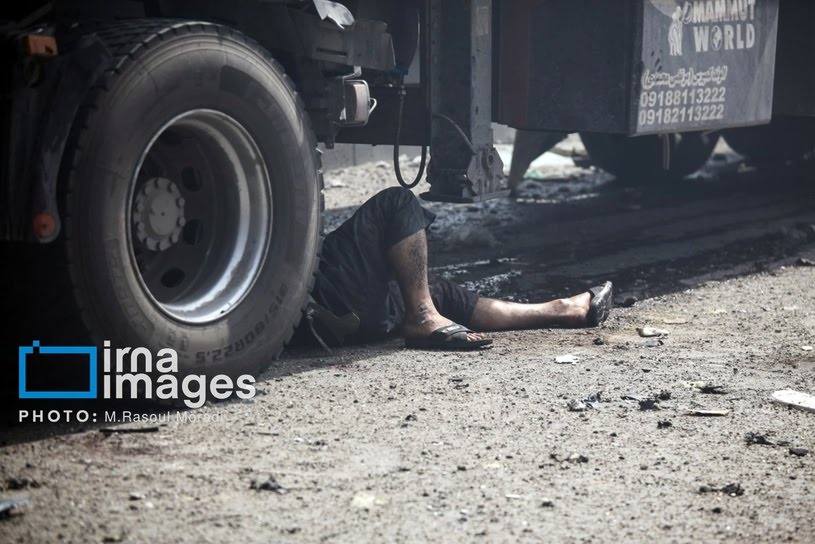
The Explosion in Iran: A Mirror of a Rotten System
•
According to the statics, following the explosion at Shahid Rajaei Port, 46 people have so far lost their lives, and according to the emergency services, 1,242 people have been injured. Of these, 240 have been hospitalized in Hormozgan Province hospitals, and 7 have been admitted to hospitals in Shiraz. Despite these official numbers, there…
-
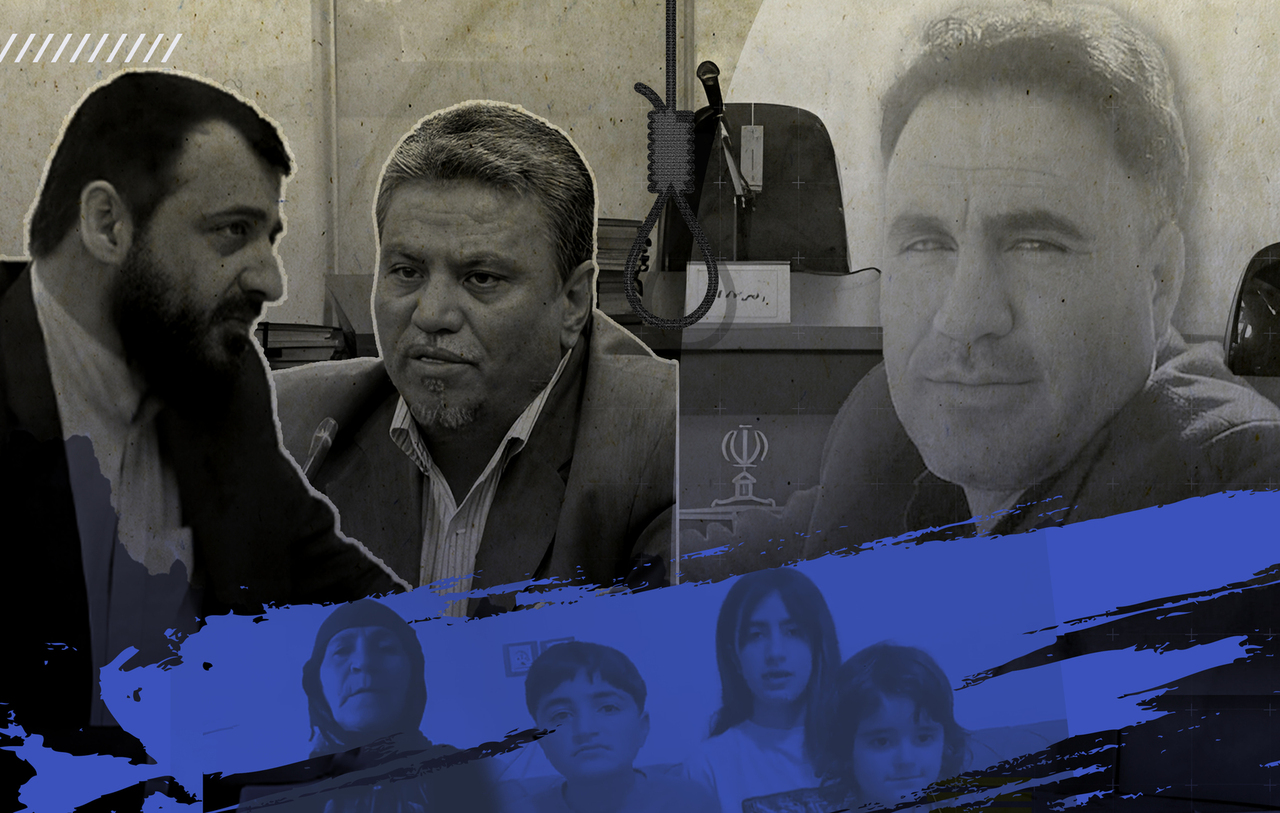
From Kolbar to ‘Terrorist’: How the Islamic Regime Manufactures Enemies
•
Hamid Hosseinnezhad Heydaranlou was a 39-year-old Kurdish man from a small village called Segrik, near Chaldoran in West Azerbaijan Province, Iran. He was a husband, a father of three children, and someone who worked hard just to survive. Like many other Kurdish men in his region, he was a kolbar — a cross-border porter…
-
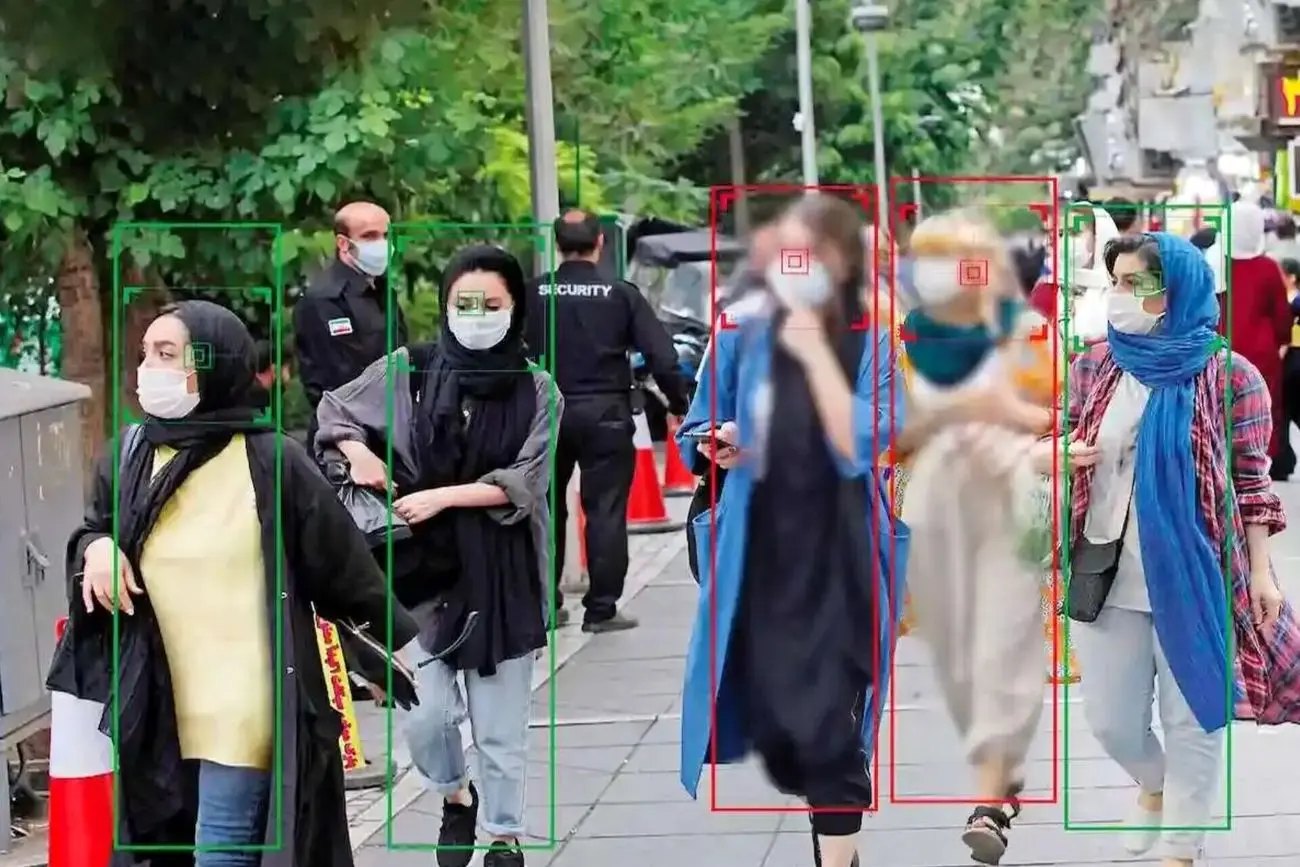
Mobile Surveillance and the War on Women’s Bodies in Iran
•
In recent years, Iran has intensified its enforcement of compulsory hijab laws through the deployment of advanced surveillance technologies. While the national implementation of these laws has faced challenges and public resistance, certain regions, notably Isfahan, have become focal points for stringent enforcement measures. Isfahan, a major city in central Iran, has witnessed the…
-
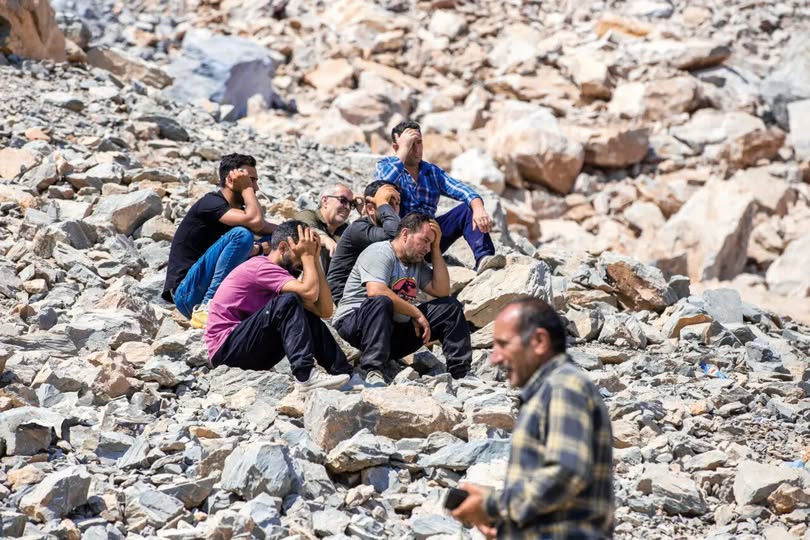
Structural Violence in the Islamic Regime’s Labor System
•
Between 2021-22, 3,826 workers in Iran were killed in so-called “workplace accidents.” These deaths are not isolated tragedies or unfortunate errors of management—they are the logical outcome of a social order in which the working class is systematically denied the right to organize, to supervise, and to intervene in the conditions of its own…
-
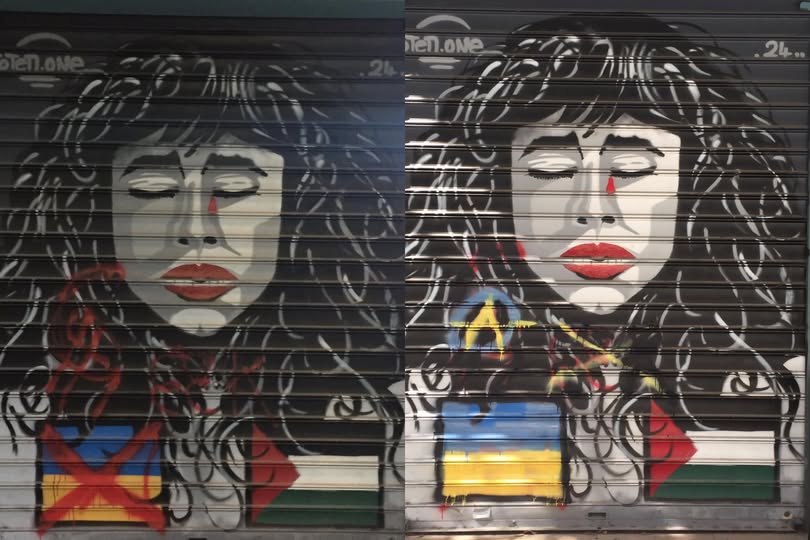
Banners in the Wind, Walls at the Border
•
In late 2006, I took part in a small gathering in Sanandaj for World Children’s Day. We held signs that said children deserve education, not war—hardly a radical demand. Most of us were under 25. Some were students, some workers, some artists. We were thinking about Afghan children without access to school, about poverty,…
-
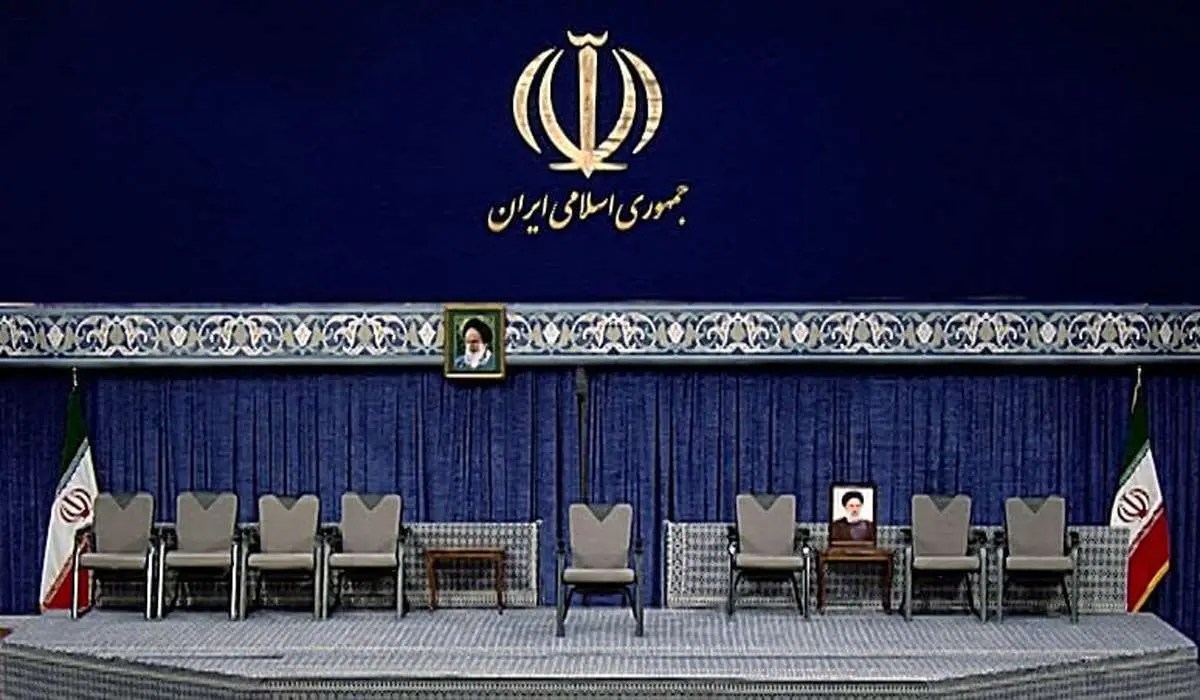
Geopolitics and Social Movements in Post-2023 Iran
•
The Islamic Republic built a tool and named it the “Axis of Resistance.” For three decades, it used this label to present itself as a force against Israel and in support of Palestinian liberation. This construction was not accidental. It served a strategic purpose: to expand the regime’s regional influence under the cover of…
-
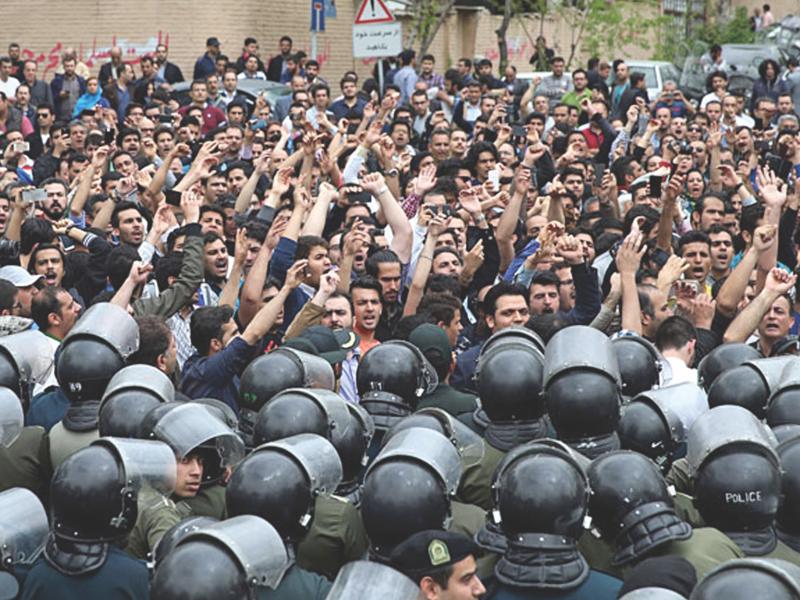
Iran–US: Against the War Camps
•
Over the past 24 hours, diplomatic and military developments between the United States, Israel, and the Islamic Republic of Iran have intensified. While the headlines are shaped by threats of war, military buildups, and indirect diplomatic signaling, the underlying dynamics point to deeper strategic tensions that require clear and grounded analysis. As tensions between…
-
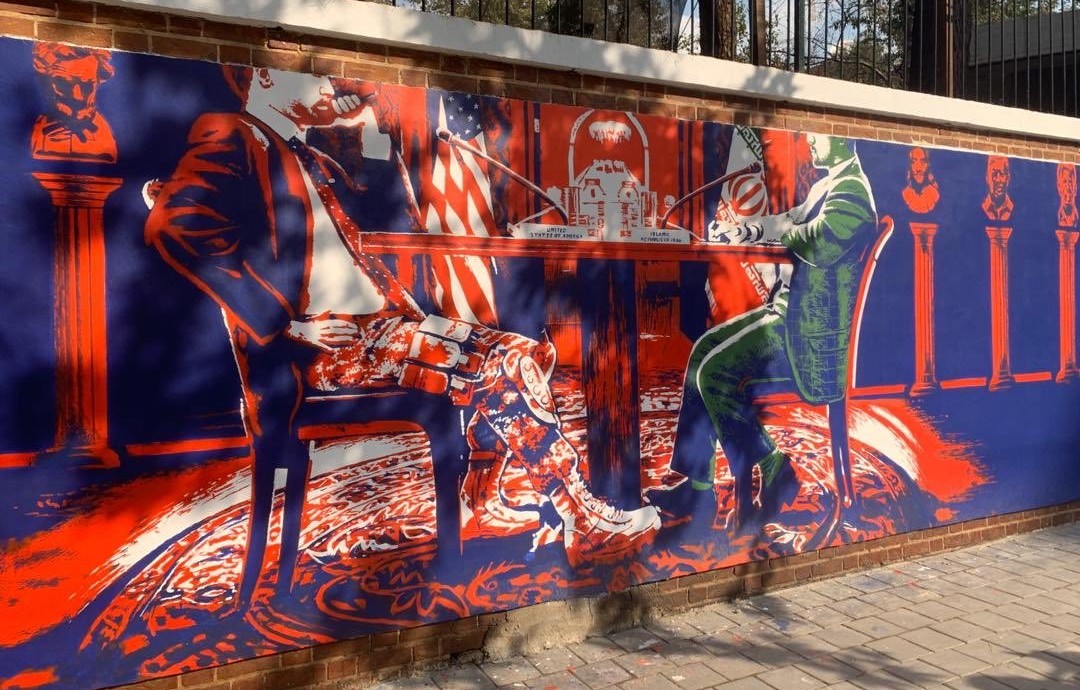
The U.S.–Iran Standoff in a Shifting Global Order
•
The latest escalation between the United States and the Islamic Republic of Iran signals more than a bilateral conflict over nuclear capabilities. While Iranian officials hint at resuming a nuclear program if attacked, Donald Trump has issued multiple threats of unprecedented military strikes, using the Houthis’ actions in the Red Sea as justification. However,…
-
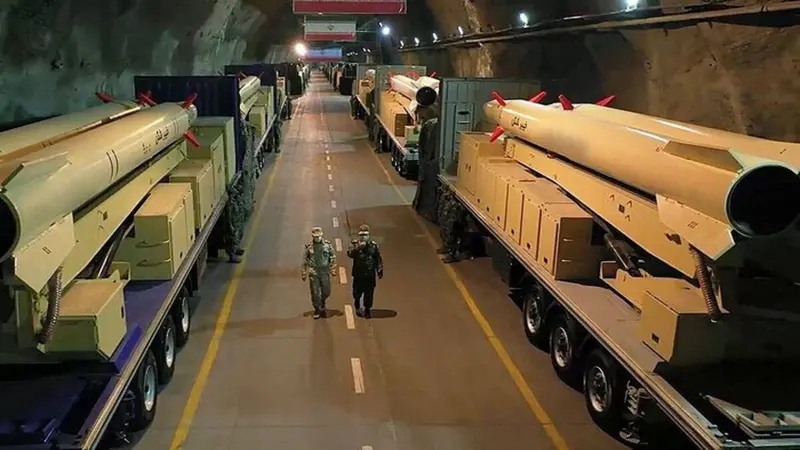
Militarism in Iran: War Machines and Social Crisis
•
Iran’s so-called “missile cities” are large-scale underground military installations designed to store, maintain, and potentially launch ballistic and cruise missiles, drones, and air defense systems. Developed and operated primarily by the Islamic Revolutionary Guard Corps (IRGC), these facilities are part of a broader military strategy aimed at strengthening deterrence capabilities, particularly in response to…
-
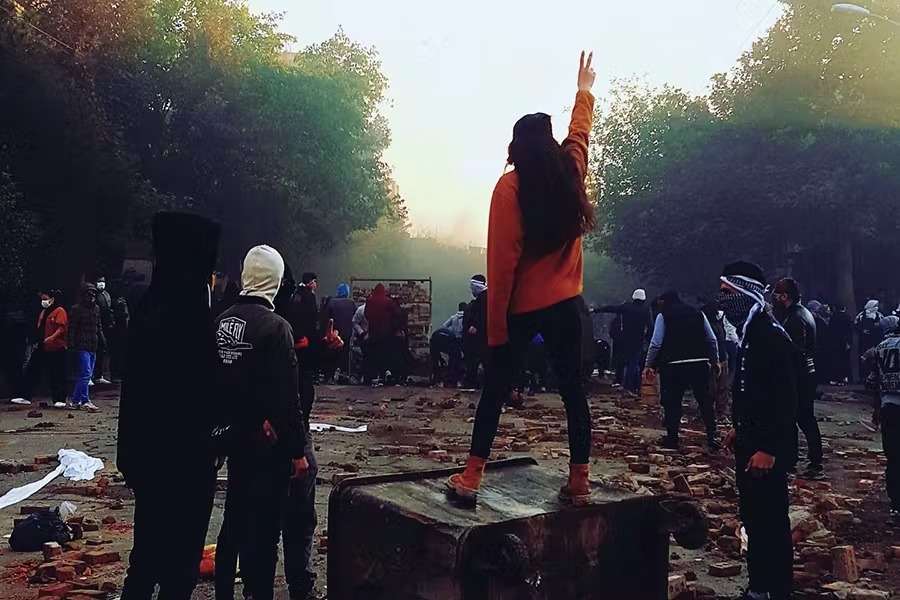
National Conflict, Netanyahu, and Iran’s Revolutionary Future
•
The slogan “Woman, Life, Freedom” represents a political movement that emerged in Iran with significant implications for the entire Middle East. It was a progressive and radical moment in recent regional history. However, it cannot be understood in isolation. It must be seen as part of a broader process of civil resistance and political…
-
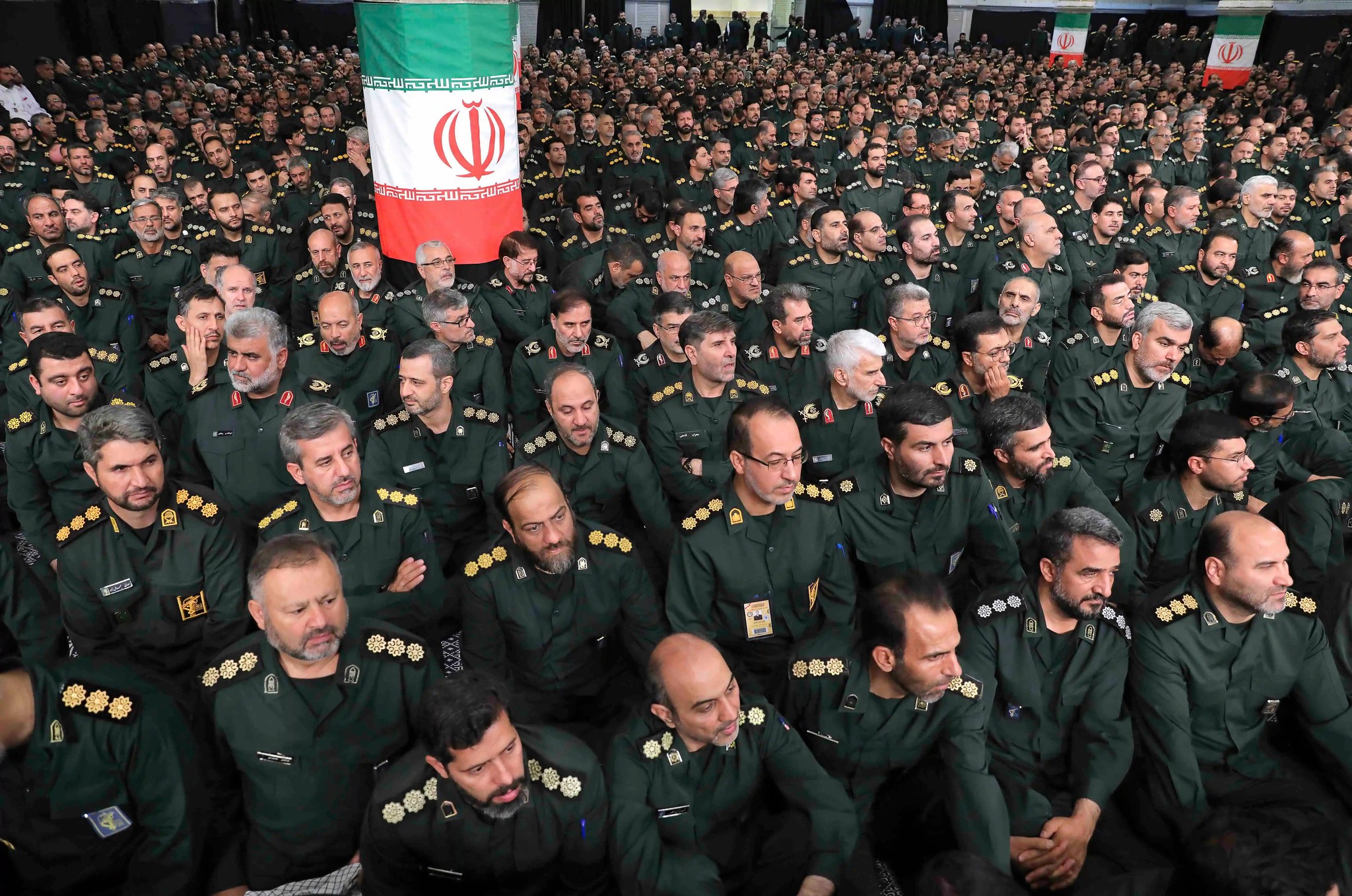
State-Sanctioned Murder: Islamic Regime Covert War Against Dissenters
•
The room was tense. It was the second day of the interview, and Brigadier General Mohsen Rafiqdoust, the man who had once controlled Iran’s vast military supply chain, sat across from journalist Abdollah Abdi. He had already spoken candidly about many things, but this question—this one shifted the air in the room. The moment…